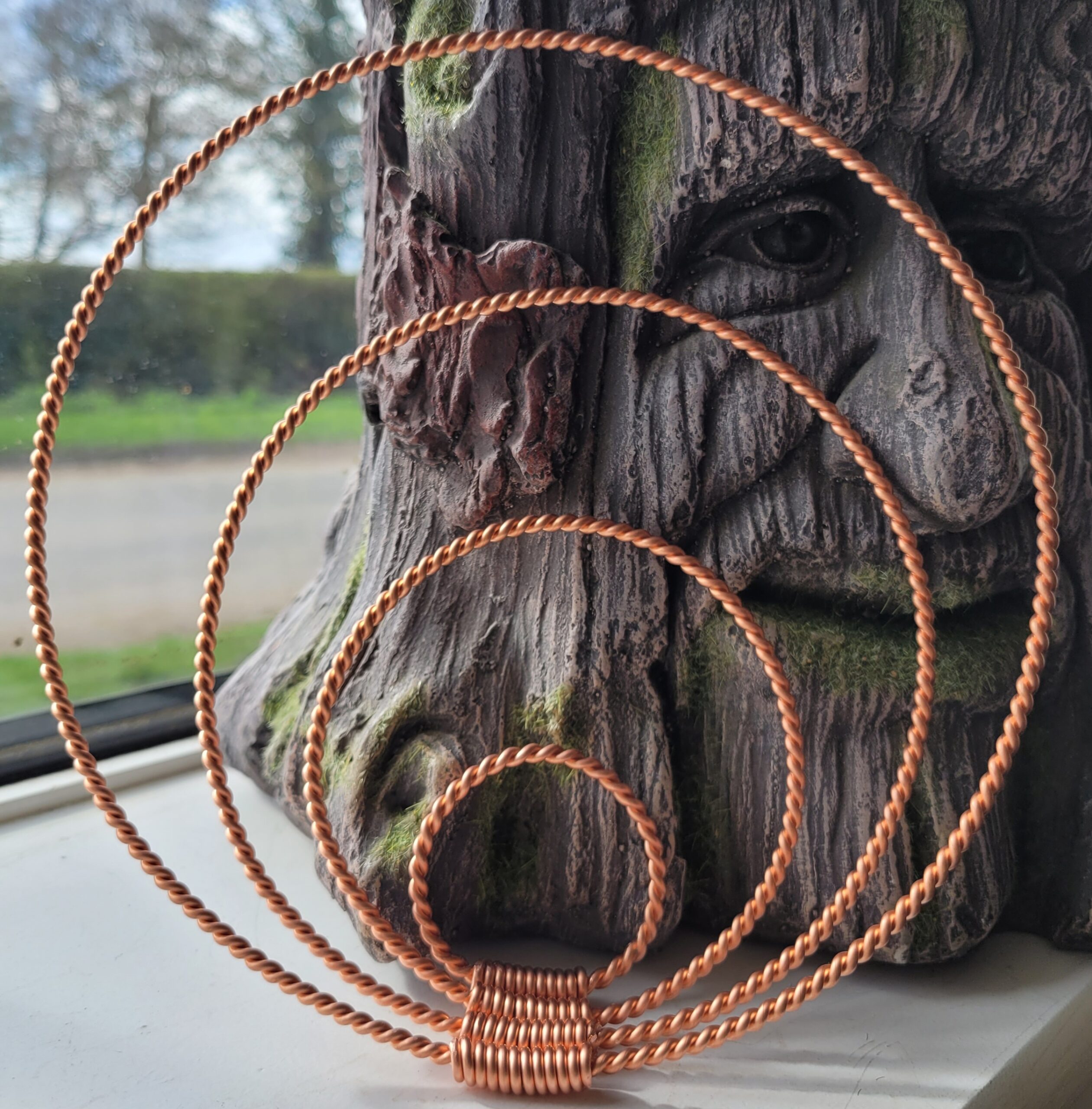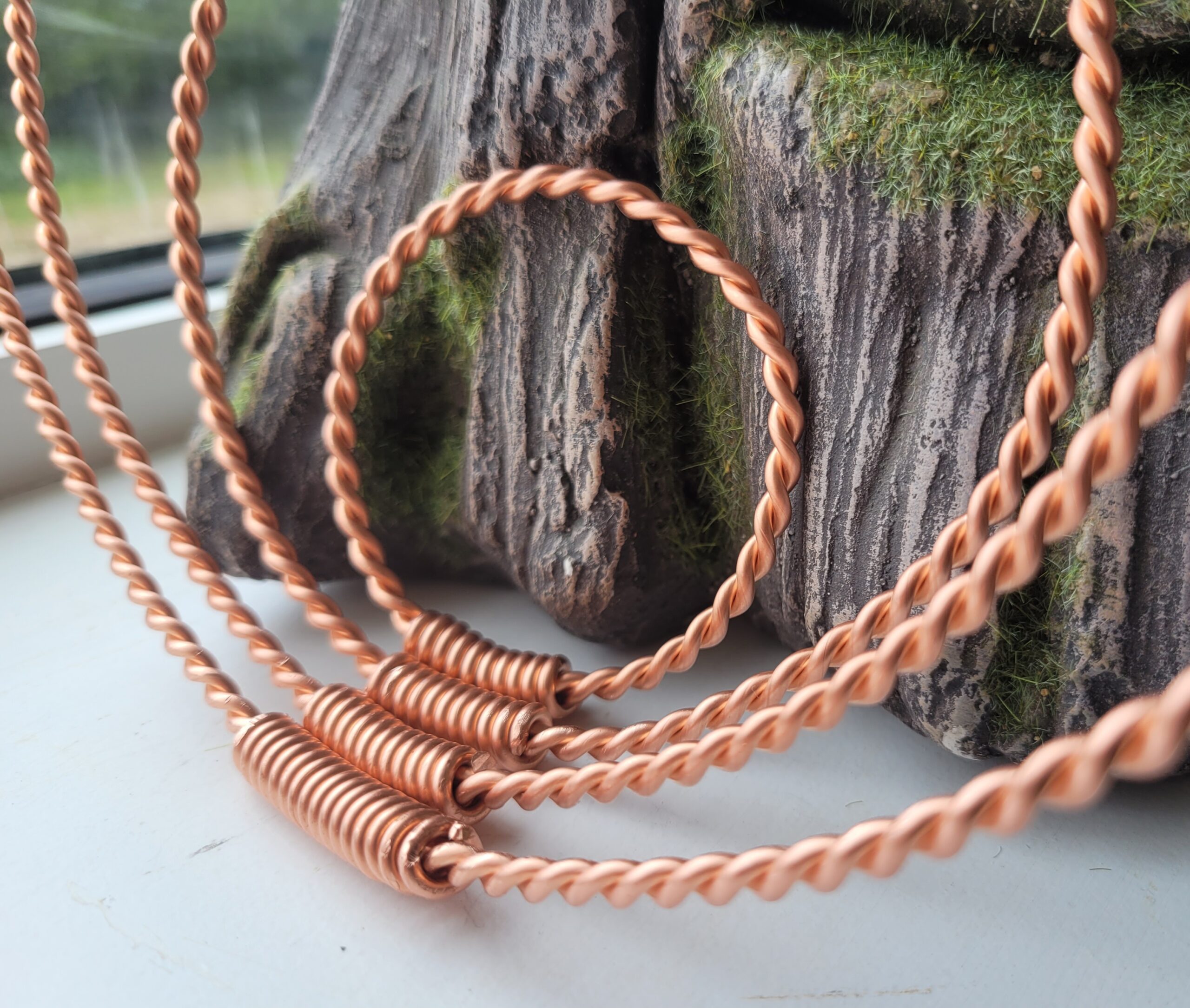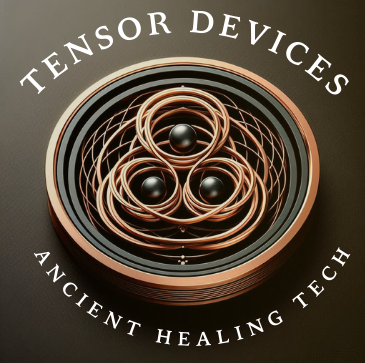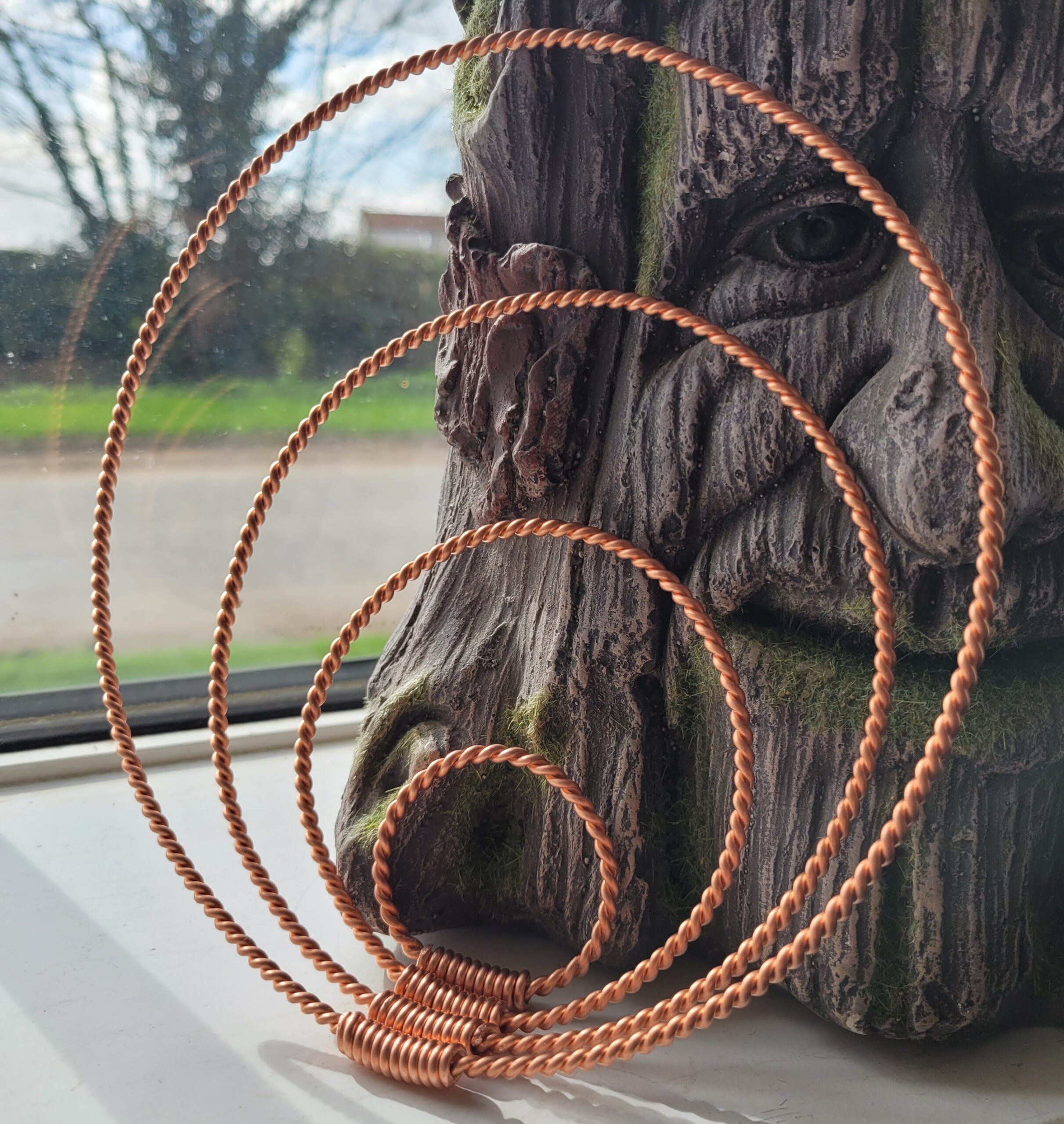Tensor rings might sound like something out of a sci-fi movie, but they’re actually fascinating objects with interesting uses. They’re often seen as tools for balancing energy or as part of holistic health practices. Getting a grip on what they are can open up a whole new world of possibilities for personal well-being and creativity.

Before these rings found their way into health shops and DIY circles, they had origins rooted in the early 20th century. The concept was initially explored by inventor Slim Spurling in the 1990s, who believed that tensor rings could harness subtle energies. Over time, their application has evolved, spanning categories from wellness to environmental harmonization.
It’s important to acknowledge that not all tensor rings are created equal. Different types cater to distinct uses — some are designed specifically for home use, while others are crafted with personal energy balance in mind. They can vary in size and design, which can influence their effectiveness in various scenarios. So picking the right type for your needs is worth some thought.
Before diving into making your own tensor ring, getting familiar with some basic concepts is crucial. Terms like “caduceus coil” or “zero-point energy field” might pop up. Don’t let the jargon scare you off, though! Understanding these can make the crafting and application process way smoother and more rewarding.
Gathering Materials and Tools for Crafting a Tensor Ring
Crafting your own tensor ring requires the right materials and tools. Starting with the basics, you’ll need a copper wire, known for its conductive and energetic properties. The size and gauge of the wire affect the final product, so consider what you’re aiming to achieve with your tensor ring.
Tools are your best friends in this process. A good wire cutter and a pair of pliers will help shape and secure your ring. Having a ruler or a measuring tape nearby can ensure precision, giving your ring that polished finish.
Before jumping in, don’t forget about safety. Work gloves can protect your hands, while safety goggles are a smart move to shield your eyes from stray wire ends. Creating a tensor ring might seem straightforward, but having some protective gear can help you avoid straightforward accidents too.
If you’re keeping an eye on costs, sourcing your materials can be done economically. Hardware stores often carry the copper wire, but you might also find what you need online. Upcycling old copper wiring can be a savvy move, both for the environment and your wallet. It’s all about knowing where to look!
Step-by-Step Process to Create Your Own Tensor Ring
Setting up your workspace beforehand can really streamline the process. Make sure you’ve got a clean, tidy area with good lighting before starting your project. Gather all your materials and tools within arm’s reach so you’re not hunting around mid-assembly.
The first step is measuring your copper wire. Depending on the size and strength you’re aiming for, you’ll want to cut a piece that’s the right length. Once you’re ready, cut the wire using your wire cutter, making sure the edges are neat and even.
Next up is shaping the wire into a circle. This is where your pliers come in handy. Gently bend and manipulate the wire to form a smooth loop, working carefully to avoid forming any kinks or sharp bends as you go.

Securing the ring is crucial. Use your pliers to twist the ends of the wire together, ensuring there’s no gap or overlapping. This helps maintain the integrity of the ring, making it strong and reliable for whatever use you have in mind.
It’s normal to encounter some challenges along the way. Common errors include uneven loops or a loose twist. If things start looking messy, just take a breath and make adjustments as needed. Practice really does make perfect with crafting homemade tensor rings.
Benefits and Uses of Tensor Rings in Everyday Life
The world of tensor rings goes beyond just their crafting. Many believe they bring a variety of benefits, particularly in terms of balancing energy. Some folks use them for personal wellness, claiming they help alleviate stress and boost overall vitality when worn or placed in living areas.
Beyond personal health, tensor rings find uses in home decor. They can be arranged creatively as part of art installations or coupled with other items to bring aesthetic appeal. Their scientific and geometric design adds an intriguing element to any space you choose.
Nature lovers, this one’s for you. Tensor rings also have applications outdoors. People report using them to enhance garden growth or to create a sense of harmony in natural settings. It’s all about exploring how they can interact with the environment around you.
Different users have shared their experiences with tensor rings. The testimonials often highlight not just the practical benefits but the personal stories and discoveries from using these intriguing objects. Whether for scientific curiosity or personal growth, there’s a wide world of possibilities to explore.


I had no idea that tensor rings had such a rich history and a variety of uses, from balancing energy to environmental benefits. The step-by-step instructions for making your own tensor ring are clear and easy to follow, especially for beginners. I’m excited to give it a try myself!
I’ve always been curious about tensor rings, and this article breaks down the process of making them so well. I love that it also covers the different benefits these rings can offer, both for personal wellness and home decor.
“Thank you for the wonderful comment! It’s amazing how much history and versatility tensor rings have, right? They’re such fascinating tools for both wellness and energy balancing, and making your own adds a special touch! I’m thrilled to hear that the step-by-step guide makes it feel approachable, especially for beginners. Enjoy creating your tensor ring—it’s such a fulfilling process, and I hope you experience the personal and environmental benefits they offer!
Kindest regards,
Alan”
I have heard about tensor rings and their potential health benefits, but had no idea that it is steeped in history. These instructions for making your own tensor rings seems very straightforward and easy to do with the right tools.
I am slightly confused though as you say that some tensor rings are designed for home use, and others are designed with personal energy balance in mind. So does that mean that the ones for home use doesn’t balance personal energy? Would the tensor ring that you have instructions for then not fo[cus on personal energy balance, but something else?
Thank you for clarifying.
Hello,
Thank you for your thoughtful comment and great questions! I’m glad you found the instructions for making tensor rings straightforward and are intrigued by their history and uses.
To clarify, tensor rings designed for home use and personal energy balance can both interact with energy fields, but their intended applications differ slightly. Tensor rings for home use are often larger and intended to harmonize the energy of a space, potentially improving air quality, reducing EMF exposure, or enhancing the overall atmosphere of a room. Personal energy balance rings, on the other hand, are typically smaller and designed to be worn or carried, focusing more on an individual’s energy alignment, grounding, and well-being.
The instructions provided in the article can be adapted to create either type of tensor ring, depending on the size and intention behind the crafting process. If your goal is personal energy balance, you might want to create a smaller ring you can wear or keep close to your body. For home use, a larger ring placed in a specific area can harmonize the energy of that space.
I hope this clears up the confusion! If you decide to create your own tensor rings, I’d love to hear about your experience and how you use them.
Best regards,
Alan